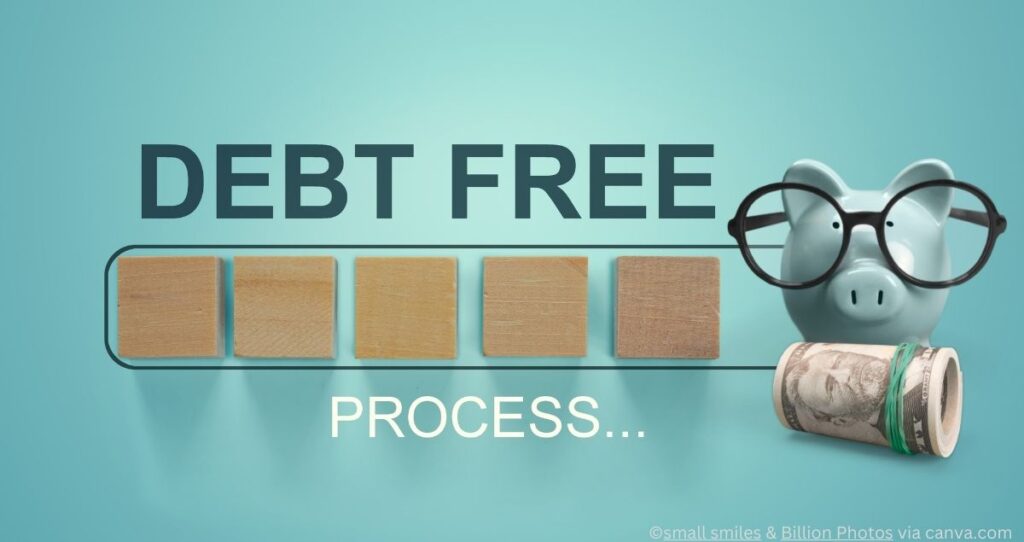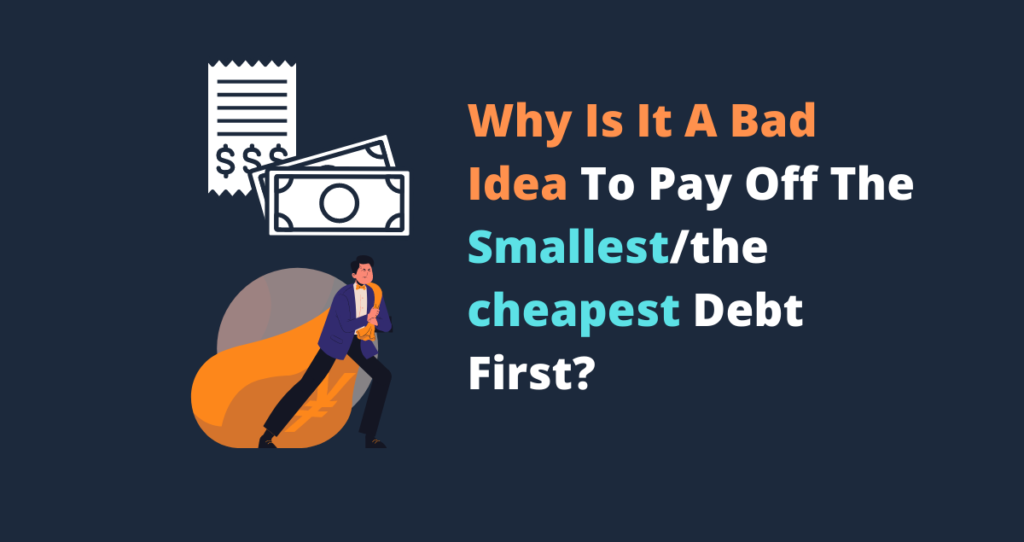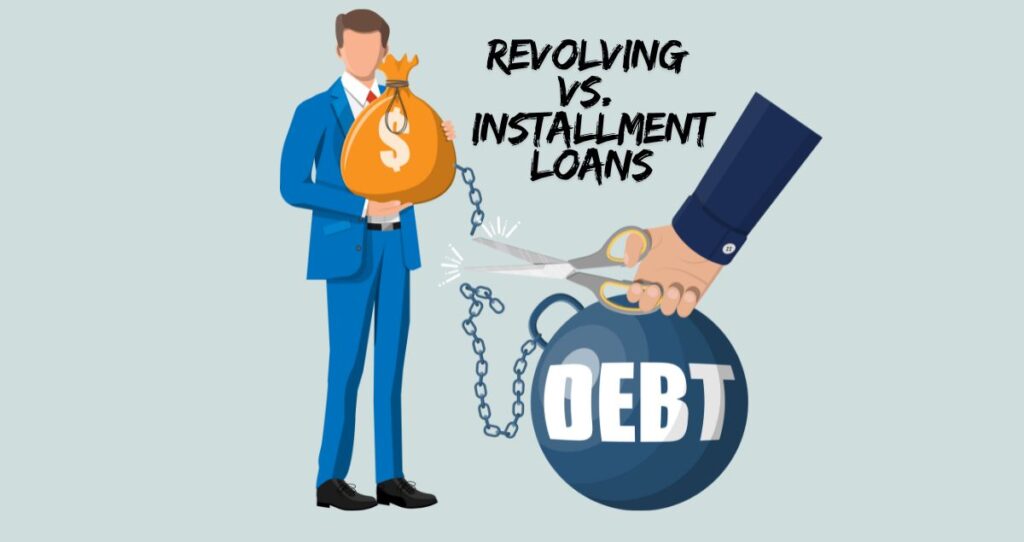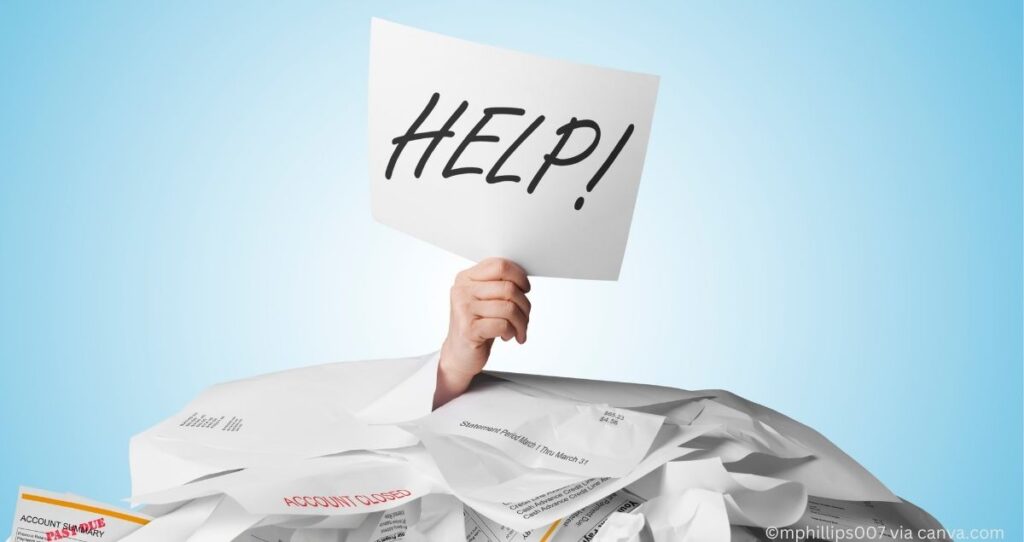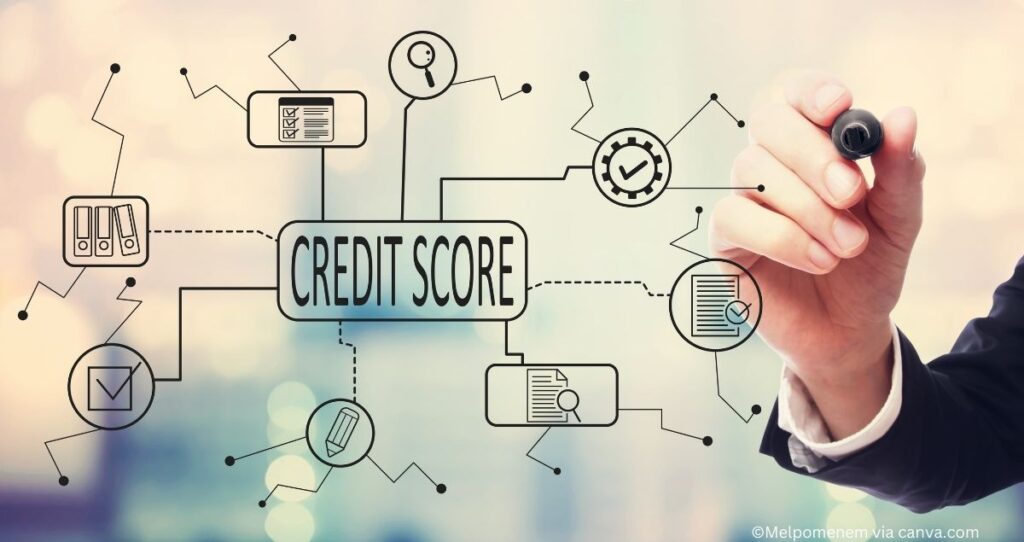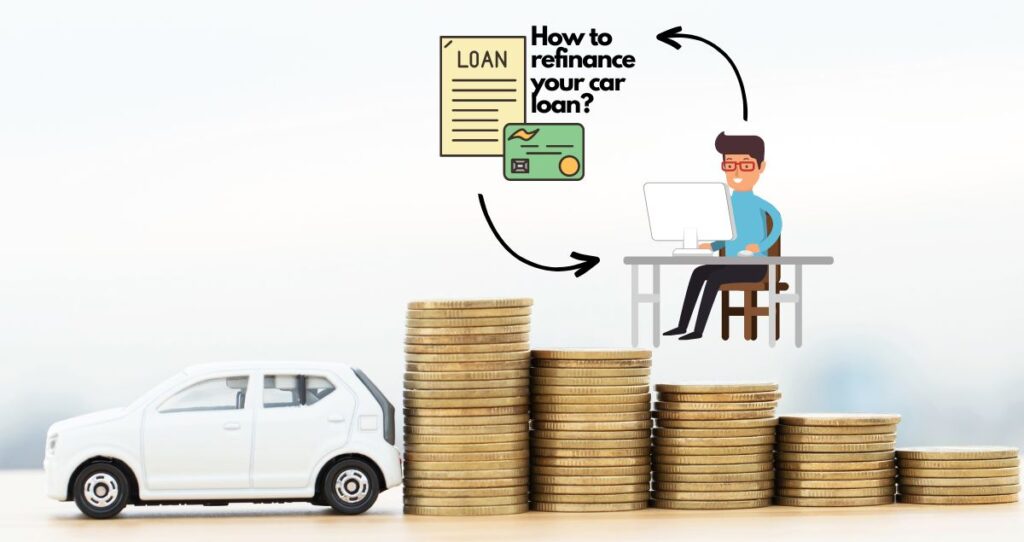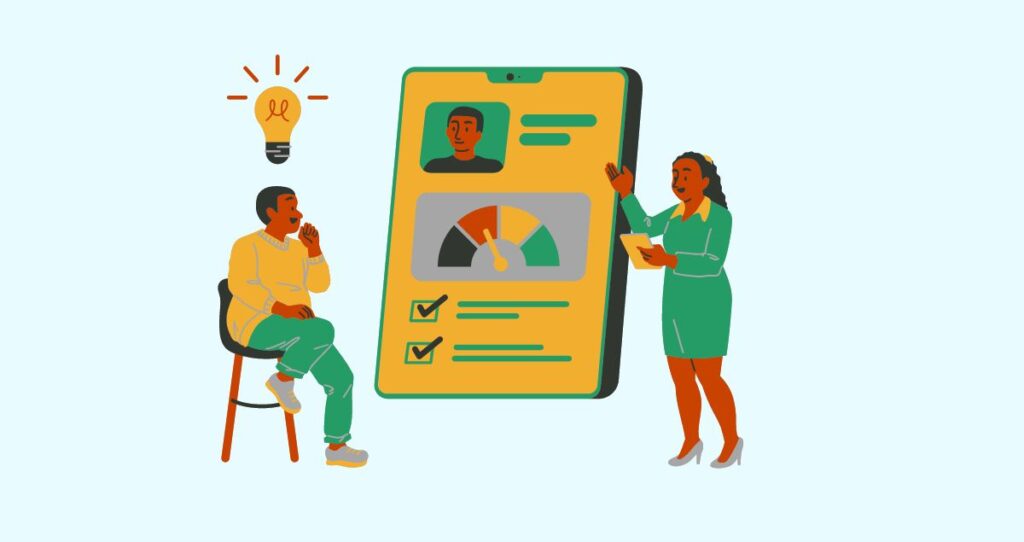Are you struggling with your debts and looking for an easy way to manage them and avoid financial pitfalls? If you do, having the right debt management strategies will be your first step in simplifying your debts and establishing a payment plan that meets your financial situation. A debt management plan is critical because it allows you to pay off debt faster and minimize the risk of repossession, foreclosure, collection, or bankruptcy.
This article covers the most effective debt management strategies you can tap into to take control of your finances and avoid financial pitfalls.
While there are many ways to manage debt, an effective debt management plan includes debt restructuring, applying for financial hardship programs, financial planning, and good money habits.
Without further ado, let’s get started.
1. Prioritize your debt payments
Holding onto your debt for a long time costs you more interest charges and increases the chances of loan default. To avoid these risks, you can use the following debt management tip to pay off debt faster: prioritizing your debts. Make paying off your debts a priority in your budget and ensure that every penny you have is used to pay off debt. Don’t just pay the minimum payment and sit in a bar looking cute when the lender is sucking the future out of you.
A big mistake many consumers make, myself included, is only paying off the minimum payments and carrying the remaining balance. This is the case, especially on credit card balances. Technically, you are not just carrying that $5,000 on your credit card. Instead, you pay nearly $1,000(25% APR) in fees and interest to carry $5,000 on your credit cards. This losing strategy makes your debt grow over time, as some have compound interest. I learned this the hard way. Don’t pay the minimum payments; carry your balance so that you can go shopping. You must pay more than the minimum payment to get out of debt faster.
Here are reasons to prioritize paying off debts.
- Paying off the minimum payment increases your debt exponentially, especially when the interest on your loan is compounded.
- Pay off high-interest debt before pursuing investments. While investing is a great way to build wealth and become rich, investing before paying off high-interest debts is a bad financial decision. No investment can guarantee 25% ROI, similar to what you pay on your credit card debts. For this reason, it makes sense to pay off high-interest debt before investing.
2. Understand your debts
Before establishing a debt management strategy, you must know how your debts affect you financially. Most consumers have almost every kind of debt, including credit cards, student loans, mortgages, personal loans, and car loans.
The thing about debt is that not all debts are the same. Some debts come with compound interest, while others come with simple interest. Additionally, some debts have higher interest while others don’t. Your debts also come in different balances, reflecting how much you pay monthly interest charges.
You must consider these factors when paying off your debts. A good strategy to manage many debts is to list all your debts, how much interest each costs you, the due date of each debt, the minimum payment, and the type of interest you pay. This information allows you to visualize the impact of each debt on your finances and which debt to pay off first if you want to get out of debt faster and avoid loan default.
3. Prioritize bad debts over good debts.
All debts are not the same. Some debts are good, while others are bad. Most of us have a combination of good debts and bad debts. A bad debt takes money from your pocket and does not help you achieve financial gains. Bad debts also come with higher interest rates, costing you more money.
Think about credit card debt. These debts come with some of the highest interest rates in the lending industry, and most people build up these debts from impulse shopping. Imagine carrying $20,000 in credit card debt and paying 25% APR because you went shopping. Other examples of bad debt include payday loans, car title loans, and personal loans. Check out this quick guide to getting out of credit card debt fast.
Good debt, on the other hand, is a debt that gives you financial gains and usually comes with lower interests. Think of a mortgage used to buy a duplex that allowed you to live in one unit while leasing the other side to a tenant. As you plan on paying off your debts faster, prioritize bad debt first, as these debts can wreck your finances.
Here is a complete guide comparing bad debt vs. good debt with examples.
4. Pick the right debt repayment plan.
Another debt management tip to get out of debt faster is establishing a repayment plan. Most people start paying randomly without knowing where their money is going or how well they do in their repayment plans. That lack of structure makes them feel they are not doing enough and their debts are not going down fast enough.
Establish a repayment plan that meets your financial goals to avoid this financial mistake and manage your debts effectively. Writing down how you plan to pay off your debts usually helps minimize confusion. You decide which debt you will pay off first, what to pay off next, etc. I will cover these repayment strategies in the following few paragraphs.
5. Consolidate your debts
Debt consolidation is when you combine multiple debts under one debt that is easy to pay off. This process usually requires a brand new loan where you use the funds to pay off all your existing debts. For example, if you have personal loans, credit card debts, and student loans, you can consolidate them under one debt to make one payment. Why is debt consolidation one of the best debt management strategies for paying off debts faster?
- You can pay off debt faster.
- You eliminate the hustle of juggling through different due dates and payments.
- The new loan might come with a lower interest rate, saving you money in interest charges.
- Less debts to manage means you have peace of mind, which also minimizes financial stress.
While debt consolidation is an effective debt management strategy for paying off debt faster, it also has drawbacks that you need to consider. When you consolidate your debts, you apply for another loan and use the funds to pay off existing debts. The downside of this strategy is that you might have to pay closing fees, the new terms might not be favorable, and your credit could suffer due to hard inquiries on your credit report or a weak credit mix.
6. Use the debt snowball method
The debt snowball method is another debt management strategy for low-income people. With this strategy, you organize your debts and pay them off one at a time, starting with the smallest balance. Here are the steps you need to apply the debt snowball method.
- Organize your debts from the smallest debt to the highest balance.
- Pay the minimum payment on each debt to stay current.
- Allocated extra cash toward the smallest debt until it is fully paid off.
- Once the first debt is paid off, move to the next debt on the list and repeat this process until all your debts are paid off.
Debt snowball is good for low-income people or those who like to celebrate small wins. For example, paying off a $500 credit card debt lowers the number of debts you must worry about and motivates you to pay off the next debt.
7. Try a debt avalanche method.
The debt avalanche method is one of my favorite debt management strategies. It is the only method that prevents debt from growing exponentially. With this strategy, you eliminate your debts, starting with the highest-interest debt, allowing you to save money on interest charges.
Check out the following steps to use the debt avalanche method.
- List all your debts from the highest interest to the lowest interest(don’t worry about the balance). For example, a credit card debt with a 25% APR comes before a 10% APR car loan.
- Pay the minimum payment on each debt to stay current.
- Add all extra cash toward the first debt.
- Continue this process until the first debt is paid off.
- Move to the second debt on the list and repeat this process until all your debts are paid off.
While the debt avalanche method is an effective debt management strategy, it works only for folks serious about paying off their debts, as it might not give you quick wins. For example, a high-interest debt could have a higher balance, meaning it will take longer. But it is a faster route to paying off debt.
8. Avoid the minimum payment trap.
I always recommend never paying the minimum because doing so leads to a debt trap. Most people don’t realize this until it is too late. For example, credit card issuers allow you to pay a small balance on each card and carry the remaining balance to the next payment period. This results in paying interest and fees, exponentially growing your debts. I call this the first step in the debt trap dilemma.
Unless you pay the minimum payment as part of the two debt management strategies I mentioned above(debt avalanche and debt snowball method), you should never pay the minimum payment on any of your debts. This is a big no-no, especially on high-interest or compounded-interest loans like credit cards.
9. Refinance your debts
Many people know about debt refinance but don’t know how this debt management strategy can help them pay off debt faster. When you refinance, you replace your existing debt with a new one that usually has a lower interest rate or better terms. For example, if interest rates are much lower than when you purchased a house, you can refinance your mortgage for a lower interest rate.
Lowering interest on your mortgage reduces your monthly payments, saving you money in interest charges. Lower monthly payments also mean you can pay off your loan faster by increasing your monthly payment. Here are guides to refinancing a mortgage and steps to refinance a car loan.
10. Transfer high-interest credit card balance to a 0% APR credit card
Do you have a lot of credit card debt and are having difficulty paying it off? If so, a balance transfer is the best way to manage these debts. A balance transfer is a debt management strategy in which you transfer your high-interest credit card balances to another credit card with a much lower interest rate. This process is similar to debt consolidation but for credit cards.
Since credit cards are examples of bad debts, transferring these balances to a lower-interest card allows you to pay off your debts faster. One of the best credit cards to consider when transferring your balances is a 0% introductory APR card. By transferring all your balances to a 0%APR card, you automatically stop paying interest, allowing you to pay off your debts faster.
Here are some benefits of balance transfer and why this clever debt management strategy can help you pay off your debts faster.
- The balance transfer saves you money in interest charges.
- Transferring your balance allows you to manage your debts, especially when you have too many credit card debts
- You can pay off your debts faster due to a reduced interest rate
- You can earn rewards on the new card
11. Avoid using credit cards and personal loans
When struggling with debt, the last thing you want to do is to accumulate more debt. For this reason, you should avoid any activities that lead to more debt, as any increase in debt compromises the effectiveness of any debt repayment plan you use. For this reason, avoid using credit cards and start paying with cash. You should also avoid unnecessary personal loans. For example, taking out a personal loan to remodel a kitchen because you don’t like countertops is a bad idea when trying to get out of debt.
12. Negotiate with creditors for financial hardships programs
One of the most effective ways to manage debt and pay it off faster is to reach out to your lenders as soon as you suspect changes in your financial situation. For example, suppose you recently lost one of your two jobs. In that case, you need to contact your lender to discuss changes in your income, especially if the remaining income is barely enough to cover your monthly payment.
Reaching out to your lender allows you to negotiate the loan terms or develop a different debt repayment plan that matches your current income. You should contact your lender about hardship programs in the following circumstances.
- A life change such as a divorce
- A job loss
- Natural disaster
- A death in a family
- Illness/expensive medical bill
- Disability
Here is why negotiating with creditors is a great debt management strategy and a smart way to avoid financial pitfalls such as foreclosure, bankruptcy, collections, etc.
- The lender might allow you to pay only interest while looking for another job.
- You can ask the lender to lower the interest rate on the loan.
- You might qualify for a forbearance. This is when, for a specific time, the lender allows you not to make a payment.
- You might change the terms of the loan to match your current income. For example, changing the loan term from a 10-year to a 20-year term can lower your monthly payment.
- Negotiating with the lender will help you create a repayment plan that works best for you.
- You could also ask for a reduced lump-sum payment. This is usually when facing financial hardships, forcing the lender to accept a lower lump sum instead of losing everything.
- You might also qualify for a deed-in-lieu of foreclosure, which allows you to give property back to the lender to avoid foreclosure.
You might also like these tips to avoid foreclosure.
13. Consider credit counseling
Dealing with debt can be difficult, especially with a low income. While some choose to forget about it and lose everything, you don’t have to give up on your debts. There are support systems in your local area you can tap into to manage your debts and pay them off faster with less stress.
Most local cities, municipalities, and states partner with different organizations and agencies to offer credit counseling services to consumers struggling with them. Sometimes, you get free counseling, which is great when living on a low income. A debt counselor can help you design a debt payment plan that mimics your income, connect you with other government support systems for extra financial support, or help negotiate with your lenders for a repayment plan. All you need to do is reach out and have the conversation started. This is better than giving up and losing your property and future.
14. Consider bankruptcy in your debt management strategies.
While bankruptcy is not the cheapest way to manage debt and be debt-free, considering it could offer some debt relief than becoming homeless. For example, bankruptcy can offer relief if you face debt collection and have nowhere to turn. Due to having the most significant negative impact on your credit and financial standing, bankruptcy should not be treated lightly. But, if that is your only option, declaring bankruptcy could be an alternative way to manage your debts.
Here is how bankruptcy can help you manage debt and protect you financially.
- The bankruptcy halts all debt collection activities, including some lawsuits.
- Filing bankruptcy comes with protection against liquidating some of your assets.
- You usually get a debt repayment established by the court, preventing you from aggressive debt collectors.
According to the United States Courts, consumers can file Chapter 7 or Chapter 13 bankruptcy. Chapter 7, also known as straight bankruptcy, liquidates all non-exempt assets to pay off debts. Chapter 13, also known as reorganization bankruptcy, establishes a repayment plan to pay off your debts, usually lasting 5 years. This type of bankruptcy is a good option for consumers with a regular income.
As mentioned above, filing for bankruptcy negatively impacts your credit and can lead to long-term financial hardships. Bankruptcy can easily knock 200 points off your credit score and will remain on your credit reports for up to 10 years. For this reason, your bankruptcy should only be considered a last option. You must also work with a debt counseling agency to see if this is a good option.
Check out how bankruptcy affects your credit and tips on how to repair your credit after bankruptcy.
Other debt management strategies to get out of debt fast
Besides all the debt management strategies discussed above, the following are extra tips to manage your debts and avoid loan default.
Try to sell your property to avoid foreclosure or repossession
Selling the asset you owe money on or other assets you own to cover your debt payment is a great way to manage your debts. For example, if you are falling behind on your mortgage payments, selling the house before defaulting on the loan could be a great way to manage your debt and avoid foreclosure.
You can also try a short sale, a process in which the lender allows you to sell the property for less than you owe to avoid foreclosure. If you are falling behind on your car payments, don’t wait for the repo guy to chase you around the block. Sell the car, pay the dealership/bank, and use public transportation or get a cheap used car.
Check out this step-by-step guide to avoid foreclosure on the house and how to prevent a car repo when falling behind on your payments.
Create a repayment budget.
Overspending on certain purchases or during special holidays such as Christmas and Black Friday can easily compromise one’s ability to pay off loans. That is why a budget is necessary in your debt management strategies to avoid overspending. A budget prevents you from missing a payment or only paying the minimum payment due to overspending.
If you don’t know where to begin budgeting for your loans, try the 50-30-20 budgeting rule. This rule suggests that 50% of your income goes to needs, 30% to wants, and 20% to savings and paying off debts. By allocating 20% of your after-tax income towards paying off your debts, you will be on your way to paying off debts fast.
Establish a saving strategy and increase your income to pay off your debts faster.
Paying off debt faster is an effective way to control your finances, invest in your future, and grow wealth. Unless you have good debt, all other debts must be paid off as soon as possible, including credit cards, car loans, personal loans, payday loans, and home equity lines of credit (HELOCs). These debts don’t help you achieve anything financially and should be eliminated fast.
Paying off debt fast usually means increasing your monthly payments. You can increase your monthly payments by saving more or increasing your income. Using a savings strategy, such as saving challenges, is a great way to force yourself to save money. You can also pick up a part-time job or increase your current income from work and use the extra earnings toward debt payment.
Raise your credit score before debt consolidation, balance transfer, or refinance
One of the best debt management strategies most people ignore is maintaining a clean credit history. Lenders prefer borrowers who pay their bills on time and use credit accounts responsibly. Consumers’ credit scores usually reflect this information, and lenders use it to assess their creditworthiness.
A good credit score is a great way to qualify for lower interest on new loans or restructuring your debts. Since refinancing your debts, consolidating them, or transferring your credit card debts requires opening a new credit account, you need to raise your credit score and repair your credit before considering any of these options. A good credit score will help you qualify for lower interest rates, which will help minimize your monthly payments.
Check out these tips to raise your credit score in 30 days and a complete guide to boost your credit score to 800.
Change your spending habits.
No matter your debt management strategies, they won’t work unless you change your money habits.
The main reason you are struggling with debt and praying for miracles to pay it off is that you borrowed above your means. Most people take out loans to buy expensive cars, homes, designer clothes, and gadgets because they want to look rich and impress their neighbors. In other words, people live above their means and hope to sustain such a lifestyle with debt.
Little do they know that unnecessary debt is the root cause of financial hardships and generational poverty. To change this mindset and live a life of purpose, change how you see money. See money as a tool to achieve your needs and design a better future instead of a tool to make you look rich when, in reality, you are barely keeping your head above the water. Stop pleasing people who don’t even care and embrace a frugal lifestyle. Changing how you think about money and your money decisions will make a big difference in your financial planning strategy and make it easy to get out of debt faster.
